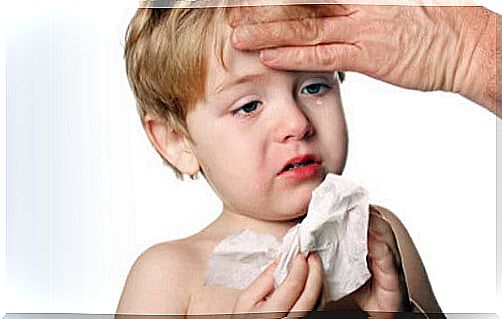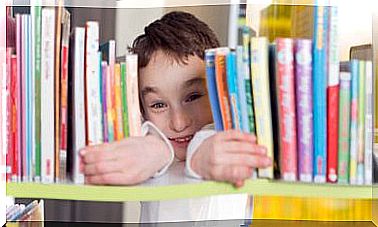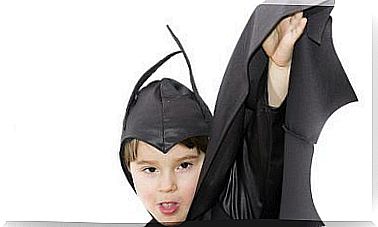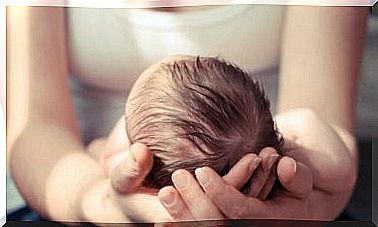Everything You Need To Know About Pneumonia In Children

Pneumonia is a terrible disease, which is considered the leading cause of death from infection in children. It is believed to be especially deadly in children under the age of 5, regardless of where they are in the world.
As of 2009, World Pneumonia Day was created, which is commemorated on November 12 of each year. The objective of this celebration is to make the population aware of the effects that this disease has caused. In this regard, it is understood that it is possible to prevent and cure pneumonia, that is, there are solutions to stop children dying from this cause.
Millions of children die each year from this disease. However, with the required attention, this figure may decrease. Efforts to address this problem between 2000 and 2015 are known to have yielded good results.
How does pneumonia develop in children?

Pneumonia is an infectious disease that affects the respiratory system. It can affect children and adults, but those under 5 are the most vulnerable, as well as the elderly. In the case of patients from rural and low-income areas, vulnerability grows.
In this regard, specialists indicate that to improve the prognosis of those affected by pneumonia, several aspects must be addressed. As we know, early diagnosis is the best tool to attack any disease. That is why certain sectors of the population are more affected.
To treat cases of pneumonia, it is necessary to apply a rigorous treatment based on antibiotics. However, it is a disease that can be easily prevented through vaccination.
Pneumonia develops through a virus. For this reason it can affect any child, wherever they are. It infects the respiratory tract in a lower level of the lungs. In other words, it profoundly affects the system, which is why it can be so complex. In some cases, the disease can be caused by bacteria.
Symptoms of pneumonia

Not in all cases, pneumonia presents in the same way, that is, it can vary from child to child. This condition often develops right after you come out of a common cold. In this sense, the symptoms are often confused with those of any flu. Among the most common symptoms of pneumonia are the following:
- Cough
- High and persistent fever
- Shortness of breath or rapid breathing
- General malaise and decay
- Abdominal pain
- Hissing in the lungs
- Throat irritation
- Nausea and vomiting due to mucus
- Lack of appetite
How to act in case of pneumonia?
When the development of pneumonia is suspected, the main thing is to go to the specialist. The doctor will recommend an X-ray of the chest area. This study will reveal the possible infection in the lungs, which is confirmed by a blood test.
In most cases , antibiotics are prescribed only when the pneumonia is bacterial in origin. However, it is difficult to differentiate when it is a virus or bacteria that produces it. When dealing with children, the pediatrician must consider several factors before proceeding with any treatment.
The agencies in charge of raising awareness about pneumonia say that prevention is the most important thing. Hand washing, breastfeeding and vaccinations suggest the main measures in this regard. It is also essential to allocate resources to provide antibiotics and medicine related to the treatment of this disease.
To reduce pneumonia in a broader spectrum, experts consider that the placement of the pneumococcal vaccine is a main measure in the approach to this matter. Similarly, an evaluation of the quality of the water and its improvement, if applicable, is necessary.
Reducing pollution, better hygiene in public spaces, are also necessary to prevent pneumonia and other diseases. However, it should be noted that prevention begins at home.









